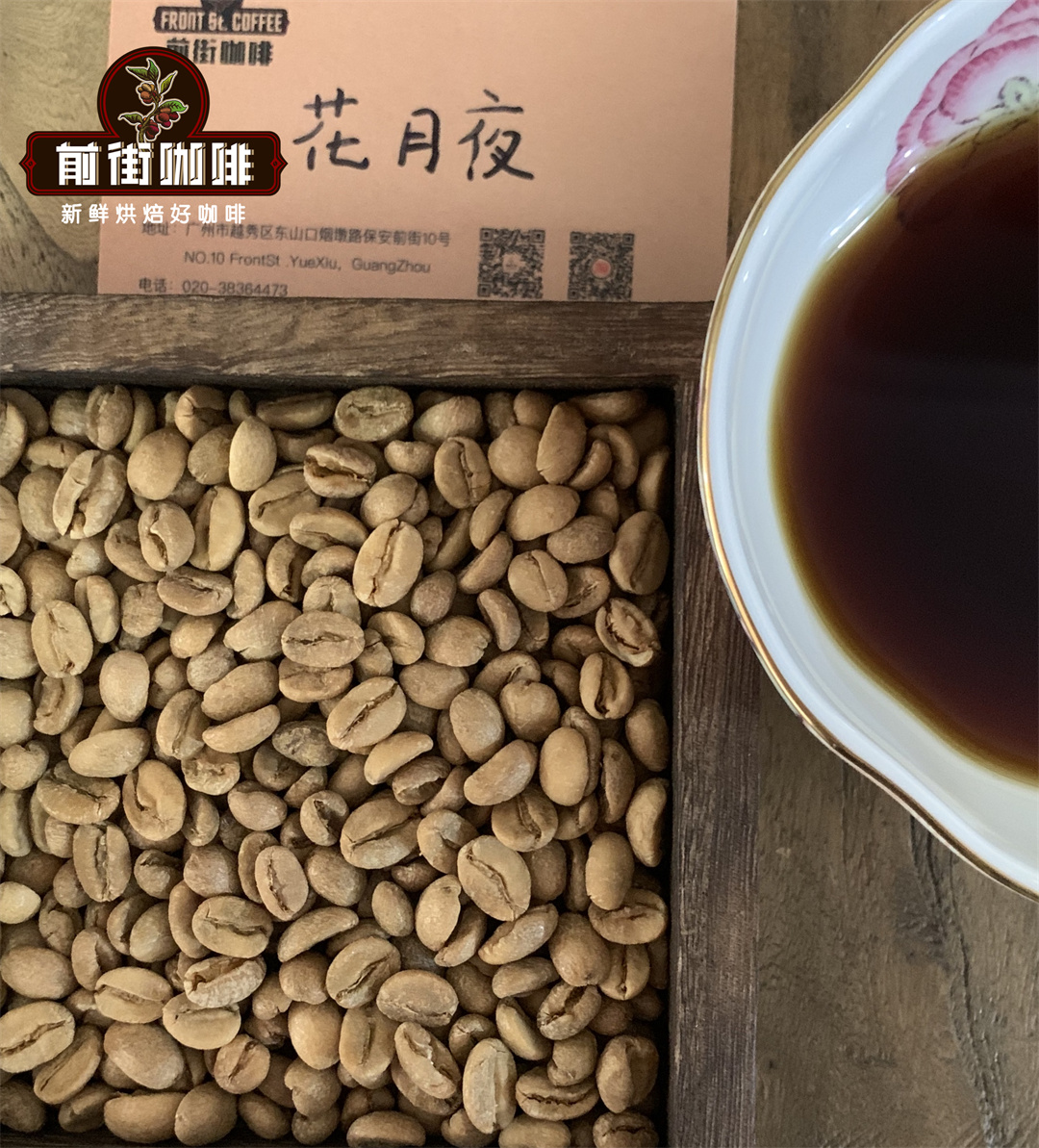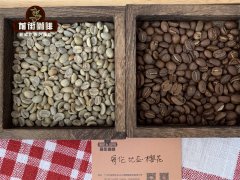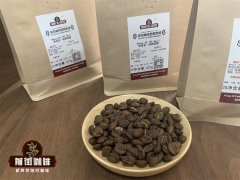How do Colombian coffee taste good? what kind of coffee do Colombian coffee beans belong to?
Colombian coffee is famous for its quality and delicacy; in fact, like several other countries, Colombian coffee is widely regarded as one of the best coffee in the world. But what makes coffee in one country better than that in another? Isn't it all coffee? The simple answer is to work with Front Street Coffee to find out what makes Colombian boutique coffee so delicious.
There are three main factors that determine the quality of coffee (we are talking about raw products here, not coffee drunk at home or in local cafes: poor roasting, poor brewing or improper storage may improve or damage the quality of coffee). Here are three factors that explain why each factor makes such a critical difference when making Colombian coffee taste so good.
Geography and climate
Colombia has the perfect geographical environment for growing coffee, a sensitive crop that needs the right conditions to thrive. The rich flavor of Colombian coffee is mainly due to good climate, perfect soil and just right rainfall. Coffee thrives where the rainfall is at least 200 centimeters (80 inches) a year and where the temperature is never below freezing.
Colombia's mountainous terrain, tropics, high rainfall-but also just the right sun-and a relatively mild climate make an incredibly perfect coffee grower. It is often said that Colombia has amazing biodiversity and friendly locals, but if any, its greatest blessing is the ideal climate and geography for growing the best coffee in the world.
Growth and harvest process
This factor is not to be underestimated when producing first-rate coffee. If your method of growing and collecting coffee beans is hasty or poorly executed, it is not enough to have a perfect climate and terrain. The best coffee grows on steep slopes and is surrounded by trees and banana plants-which provide much-needed shade and prevent coffee beans from being scorched in the hot sun-each picked by hand. Yes, you read it right: every one of Colombia's nearly 600000 coffee producers is picked by hand.
This manual picking process is not to be underestimated. The machine cannot distinguish between raw beans, immature coffee beans, overripe coffee beans and ideal coffee fruits. But one person can, the hard work and blistering fingers of thousands of coffee pickers attest to the hardship of their work; however, it is worth it for coffee lovers, the selection process means that only the best coffee beans can be delivered to your cup (although bad coffee beans are still processed, sadly, most Colombian cups, the best things for foreign cups).

The type of coffee
Coffee is more than coffee. There are two different types of coffee beans: Arabica coffee beans and Robusta coffee beans (and new varieties produced in these two species). With its perfect terrain and climate, Colombia is one of the only countries that produce 100% Arabica coffee beans. But what does this have to do with the quality of Colombian coffee?
It's simple, really. Arabica coffee is widely considered to be a good coffee bean, with a sweeter, lighter taste, less caffeine (about half the amount) and a stronger sour taste. In short, Arabica coffee produces more delicious and full-bodied coffee than Robusta coffee, while Colombia's 100% Arabica coffee status is bound to produce some great coffee.
As we mentioned, even the best coffee on the planet won't help if it's poorly roasted and improperly stored, or if you just pour boiling water over the coffee powder and expect to get world-class coffee. But if you want to enjoy the best coffee in the world, then Colombia is this kind of coffee bean. Now you know why Colombian coffee is so good!
Important Notice :
前街咖啡 FrontStreet Coffee has moved to new addredd:
FrontStreet Coffee Address: 315,Donghua East Road,GuangZhou
Tel:020 38364473
- Prev

The advantages of boutique coffee beans the difference between Colombian boutique coffee beans and commercial coffee beans
Columbia Coffee (Cafe de Colombia), which is of high quality and above average, is located in the northwest of South America, adjacent to the Pacific Ocean and Atlantic Ocean, and runs through the Andes in the north and south, with an elevation of about 1200 million 2000 meters above sea level. it is one of the world-renowned producers of high-quality Arabica coffee beans, and it is also one of the few coffee exported under the name of the country. Colombian coffee beans
- Next

Tanzania Coffee Manor Tanzania Karatu Coffee Manor Coffee beans taste
Tanzanian coffee was introduced into Tanzania from modern Ethiopia in the 16th century. Coffee is not really produced in the region, but is used as a stimulant. According to oral information from the region, the Hajah tribe in the modern Kagera region of northwestern Tanzania is the only recorded tribe that uses legumes. The tribe boiled the robusta beans and steamed them with various herbs, then chewed and mixed them.
Related
- Detailed explanation of Jadeite planting Land in Panamanian Jadeite Manor introduction to the grading system of Jadeite competitive bidding, Red bid, Green bid and Rose Summer
- Story of Coffee planting in Brenka region of Costa Rica Stonehenge Manor anaerobic heavy honey treatment of flavor mouth
- What's on the barrel of Blue Mountain Coffee beans?
- Can American coffee also pull flowers? How to use hot American style to pull out a good-looking pattern?
- Can you make a cold extract with coffee beans? What is the right proportion for cold-extracted coffee formula?
- Indonesian PWN Gold Mandrine Coffee Origin Features Flavor How to Chong? Mandolin coffee is American.
- A brief introduction to the flavor characteristics of Brazilian yellow bourbon coffee beans
- What is the effect of different water quality on the flavor of cold-extracted coffee? What kind of water is best for brewing coffee?
- Why do you think of Rose Summer whenever you mention Panamanian coffee?
- Introduction to the characteristics of authentic blue mountain coffee bean producing areas? What is the CIB Coffee Authority in Jamaica?

